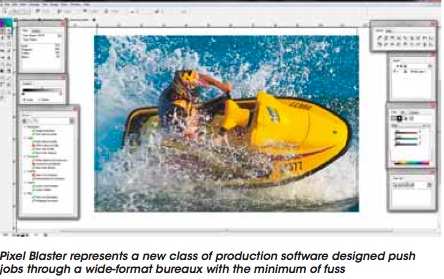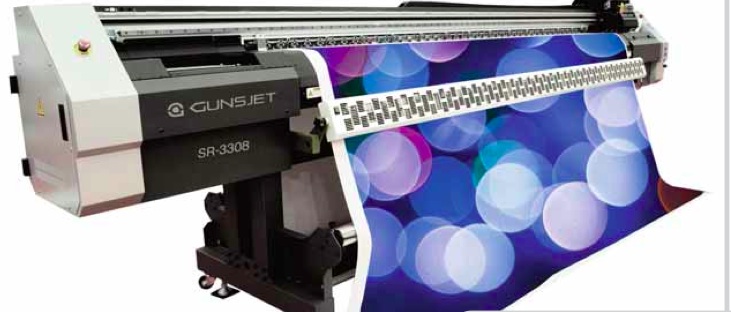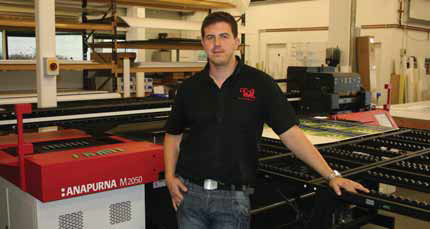When it comes to investment there’s a temptation to think mainly in terms of hardware, but it's the software that can really make the difference.
Software is often seen as a bolt-on extra like a printer driver or a Rip, or else as a solution to a particular problem, such as colour management or adding cutting lines to a design. But if we look at some recent announcements we can see a number of new trends emerging that suggest a different approach to organising a wide-format business.





